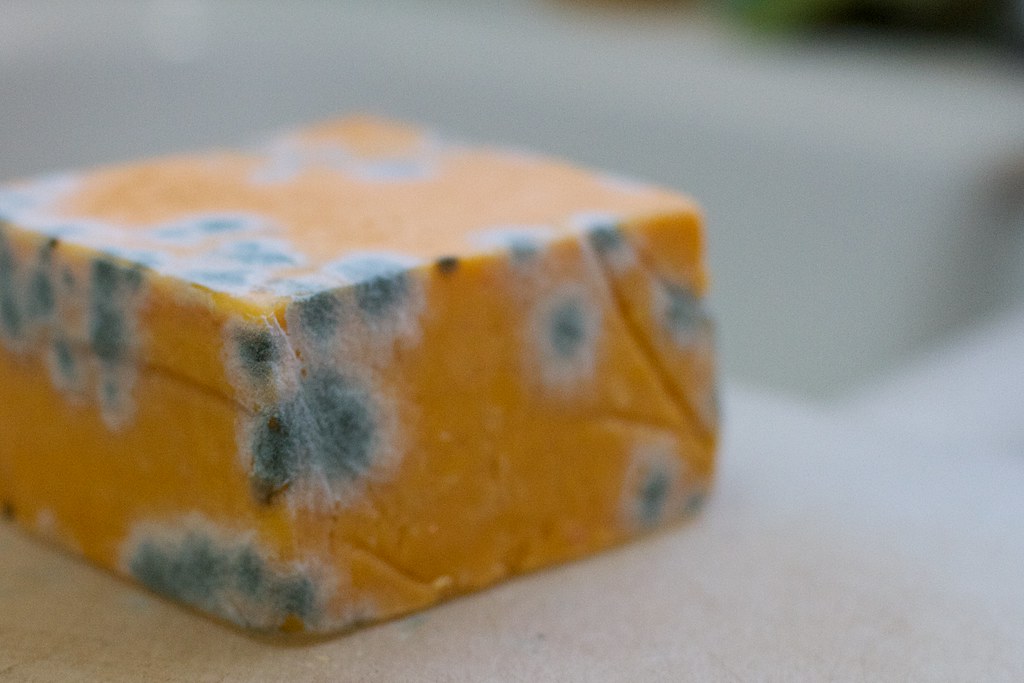It's always the snack you're most looking forward to that ends up being moldy when you open the fridge to grab it. Always. That slice of leftover pizza or chunk of cheese you've been thinking about all day? We've all been there. What separates us is how we choose to deal with it.
Personally, I toss anything that has even the slightest hint of mold, but not everyone errs on the side of caution. Some people don't mind the risk and just cut off the green or fuzzy parts and eat the rest.
But Is Eating Around Moldy Food Really Safe?
The answer depends on both the type of food and what's growing on it. There are hundreds of different strains of mold. Some, like penicillin, can be helpful to humans, but others are deadly. And unless you're going to set up a lab in your kitchen, there's no way to tell which one you're looking at.
Since you can't decide based on the type of mold, you have to go by what it's on. Mold grows in long, threadlike patterns called hyphae, which aren't visible to the naked eye. That means that even if you cut off the part you can see, there's a chance the mold is still there. Because of this, there are some kinds of food you should never eat once you've seen mold on them — even if you cut it off.
When You Should NEVER Eat Around Moldy Areas
Softer foods are more porous, which allows the hyphae to grow further down into the foods. Things like bread, cake, soft fruit, and pizza are porous, so those are never safe to eat once you've spotted mold.
Also, really soft foods or moist foods with high water content should be tossed, including mozzarella, Brie and cottage cheeses, sour cream, yogurt, stews, bacon, hot dogs, butter, jellies, peanut butter, and corn. You should also throw away moldy bags of flour, peanuts, cereals, rice, and cornmeal.
When It's OK to Eat Around Moldy Spots on Food
While moldy hyphae thrive in holey and moist foods, it can't grow past the surface of harder, more dense foods. If you're feeling adventurous, you can cut off the mold and the surrounding area on things like hard cheeses (e.g., Asiago, Swiss, and cheddar), salami, and harder vegetables like carrots.
Other firm foods whose moldy parts you're probably safe eating around include broccoli, cabbage, cauliflower, potatoes, garlic, apples, bell peppers, and dry-cured country hams.
For more information on mold types and what foods are okay to eat, watch the video below with Anthony Carboni from Discovery News.
What type of moldy foods have you been known to eat?









Comments
No Comments Exist
Be the first, drop a comment!